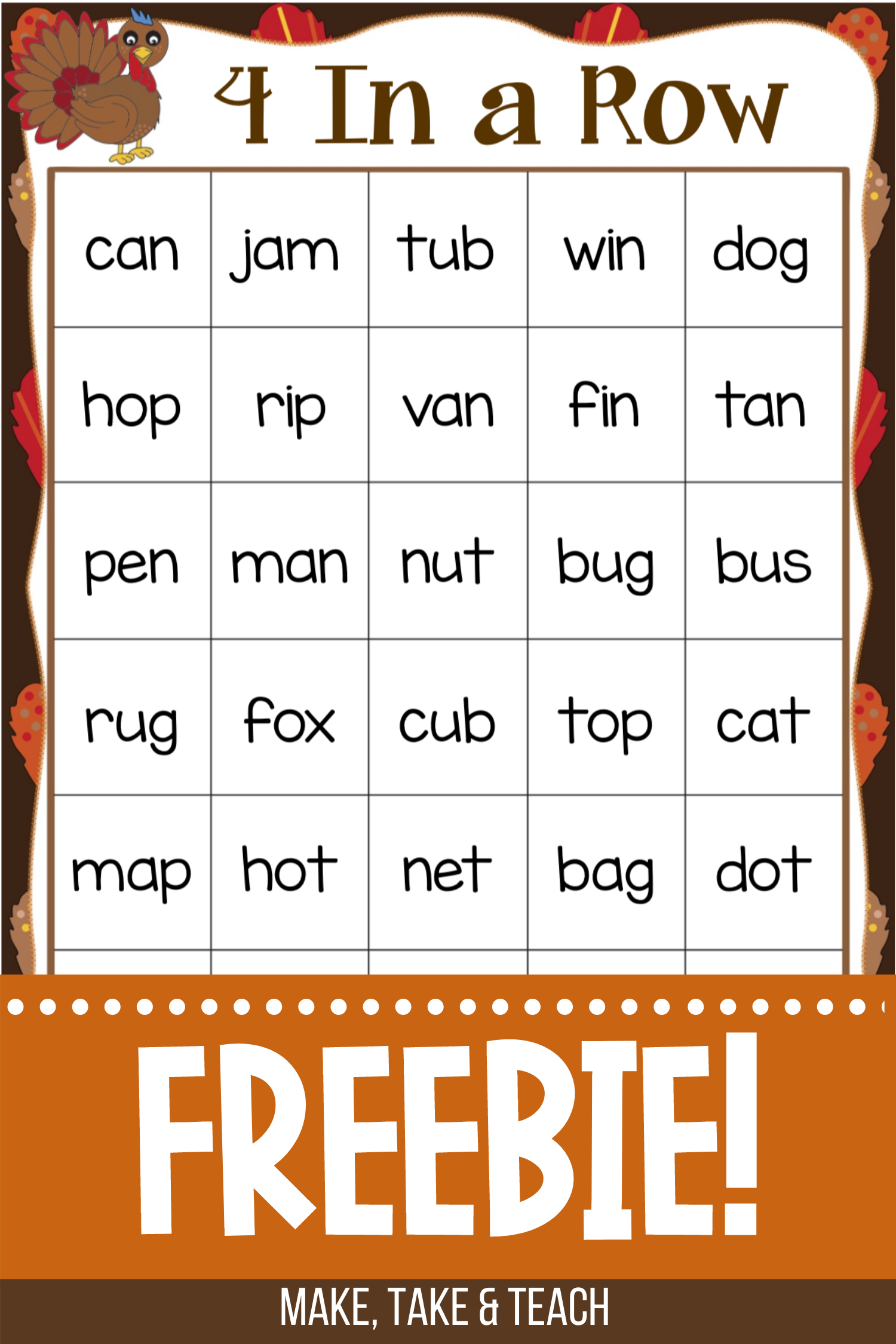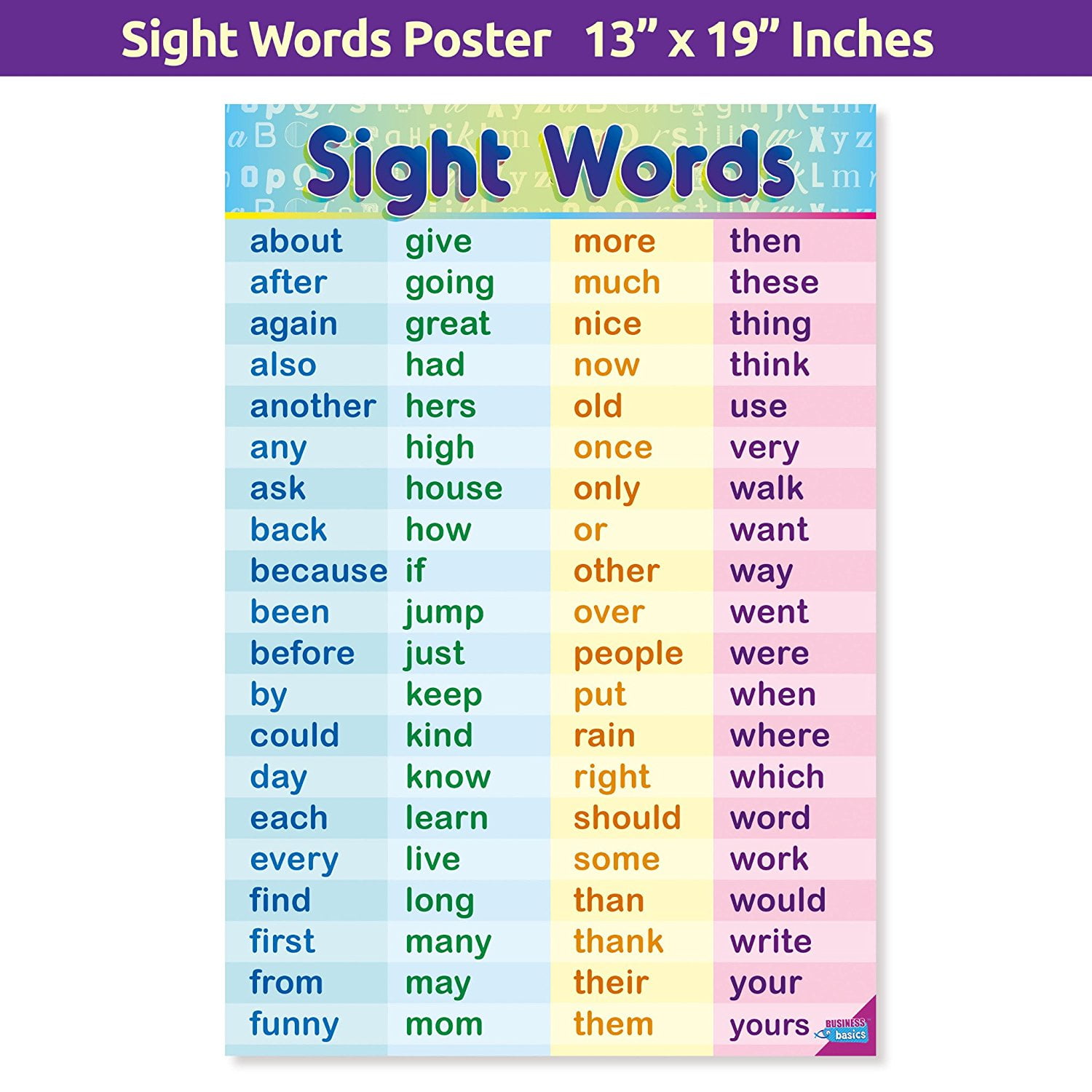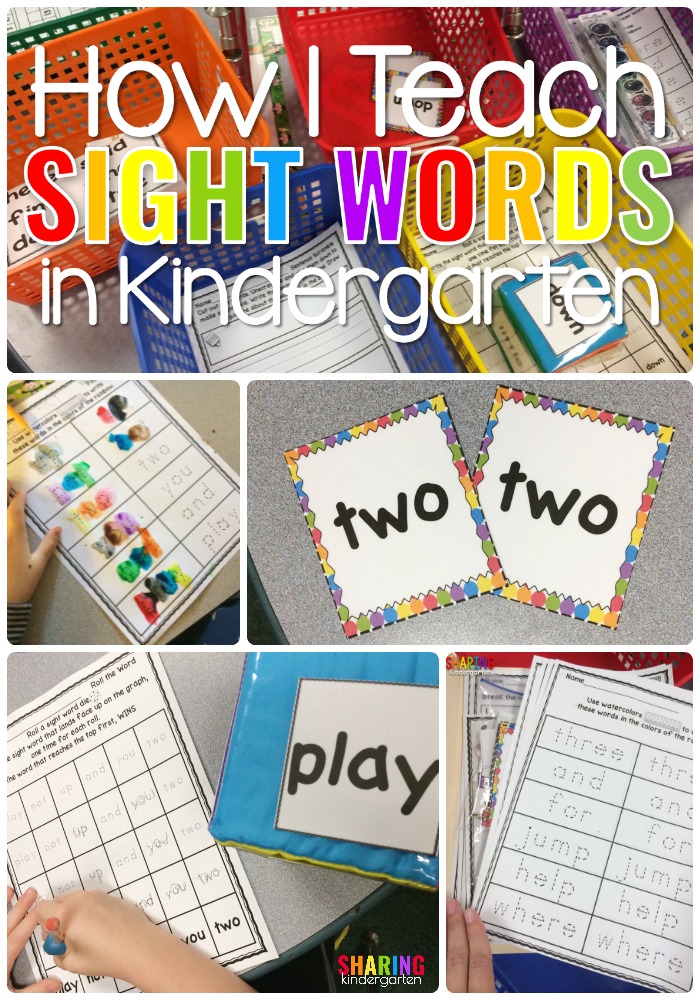
You can use flash cards and isolated sight word activities all day long, but until they see the words used in context, they won’t really understand the purpose of sight words.

It’s just like this for students with sight words. (Yay for homemade french fries!) Without the context of the packaging, all you had was a crazy gadget that looked like it fell out of a spaceship. It’s not until you see the packaging that you realize it’s actually the newest gadget for slicing potatoes. You sit there, dazed and confused, wondering if you should get out the apples or the avocados. You have no clue what it’s purpose is and are asked to use it correctly. Picture this…you’re handed a whacky looking kitchen gadget that looks like it fell straight out of outer space. It is extremely important to introduce and practice recognizing sight words in context. This will help you provide opportunities for them to master sight words in the way that works best for them. It’s important to understand how each of your students learn. Students learn in different ways and through different senses and learning styles. When it comes to strategies for teaching sight words in context, repetition and practicing in various ways is key. Therefore, they’ll become more fluent readers and will in turn be able to improve their reading comprehension. By helping students master their sight words in context, they’ll be able to focus more on applying phonemic awareness skills to decode words.

Sight words are everywhere in our schools, communities, online, and in the text of books and materials. You can read more about what sight words are and why they’re important in this blog post.Īs students are able to identify and read sight words, they are better equipped to recognize sight words in the real world, such as on a stop sign, by pressing a help button, or understanding when it is time to slow down. Without phonics, sight word identification is nearly impossible.Why Is It Important To Teach Sight Words?ĭid you know that sight words make up close to 75% of all words in early children’s reading materials? It’s no wonder we focus on teaching sight words so diligently. Phonics instruction will provide kids with the letter recognition needed to become familiar with sight words. They are all just symbols on a piece of paper until the teacher helps the child develop an understanding of their meaning. You must teach them to distinguish the difference between a given letter, a number, or simply just a scribble on a sheet of paper. You see where I’m going? You can’t just jump right in with sight words. Students have to know what letters are, that they go together to make words, that words have meaning….
Teaching sight words how to#
Therefore, reading teachers must take a balanced approach to teaching literacy skills to their students.īefore students can learn how to read, they first need the concept of phonics. Just like students can’t be expected to sound out every single unknown word they encounter when reading a new text, students likewise can’t be expected to memorize by sight every single word they may encounter. Sight words are crucial, but without phonics skills, readers will lack the fluency needed to move into reading comprehension. This all creates the groundwork for strong reading comprehension skills. Sight words build accuracy as well as speed when reading.

Automatic sight word recognition provides students with the ability to quickly read and comprehend without decoding words. When students learn sight words, they are building the foundation necessary to become successful readers and writers. Let’s build college dorms based on those scores, and not prison bunks! Literacy Mid-South has an interesting blog post HERE about the link between incarceration and low literacy. I heard someone else say this, and I don’t remember who it was, but it’s important enough that it needs to be shared. Did you know that students’ reading ability in the third grade is an indicator of future success? There are some states that build prisons based on the reading comprehension ability of their third grade students.

Without fluent comprehension, students will fail to retain information and even become poor readers. Reading comprehension is a necessary life-skill for students.


 0 kommentar(er)
0 kommentar(er)
